This article was co-authored by Jurdy Dugdale, RN and by wikiHow staff writer, Megaera Lorenz, PhD. Jurdy Dugdale is a Registered Nurse in Florida. She received her Nursing License from the Florida Board of Nursing in 1989.
There are 13 references cited in this article, which can be found at the bottom of the page.
This article has been viewed 212,285 times.
Poisoning can occur when someone swallows something toxic, spills or splashes a dangerous substance on their skin or eyes, or inhales poisonous fumes. Common symptoms include burns or redness around the mouth, nausea or vomiting, difficulty breathing, and drowsiness or confusion.[1] If you know or suspect that you or someone else has been poisoned, stay calm and get medical help immediately. Contact a poison control center for advice once help is on the way. You can ask the emergency services operator for the number. While you’re waiting for help, administer first aid and keep the person (or yourself) comfortable.
Steps
Getting Immediate Help
-
1Call emergency services if you notice poisoning symptoms. If you know or suspect that you or someone else has been poisoned and you/they are showing symptoms, it’s important to get medical help immediately. Call your local emergency number as soon as possible if you notice symptoms such as:[2]
- Difficulty breathing.
- Drowsiness.
- Slurred speech, as if the person has had too much to drink.
- Loss of consciousness.
- Shaking or trembling hands.
- Seizures or convulsions.
- Unsteady gait when the person is walking.
- Extreme restlessness or agitation.
-
2Get immediate help if you think someone poisoned themselves intentionally. If you suspect that a person has deliberately taken medication, drugs, or poison to hurt themselves, call emergency services immediately. Even if you’re not sure whether it was deliberate, any overdose of medication or recreational drugs is a medical emergency.[3]
- If the person is still conscious, ask them lots of questions, such as what they took, whether it was by mouth or injection, and who their next of kin is. The more information you can get, the easier it will be for the emergency medical technicians to help them.
- Deliberate or accidental poisoning with large doses of medication or drugs is often accompanied by alcohol use, but they might also be using harder drugs. Check for track marks on their arms if you suspect drug use.
Advertisement -
3Contact Poison Control if there are no symptoms or you’ve already called emergency services. Once you’re sure the person’s (or your own) condition is stable, call your local poison control center or poison help hotline for further instructions. If the person is having serious symptoms, wait to call poison control until help is already on the way.[4]
- If you live in the U.S., call the national Poison Control hotline at 1-800-222-1222. You can also ask the emergency services operator for the number.
- You can also get quick information about poisons at https://www.poisonhelp.org/help.
- If you live outside the U.S., do a web search for your local or national poison information helpline. For example, in the UK, you can call NHS 111 for advice.[5]
-
4Provide as much information as you can to the medical professionals. Once you get in touch with emergency medical personnel or a poison help hotline, tell them as much as you can about both the poison and the poisoning victim. Different poisons require different treatments, so the more information you can give, the more they can do to help. Be prepared to tell them:[6]
- Any symptoms the person is having.
- The person’s age and approximate weight.
- Any medications or dietary supplements the person is taking.
- How much of the poison the person ingested, inhaled, or came into contact with (if you know).
- How long it has been since you found the person. If you are the person who’s been poisoned, let them know how long ago you came into contact with the poison.
- What kind of poison the person was exposed to (if you know). If the poison came from a package or container, keep it on hand so that you can give information from the label. This is also important if the poison was due to fumes from a chemical. If the poison seems to have been from berries or mushrooms, take a sample to bring along.
-
5Accompany the person while they get medical care if you can. Once you’ve gotten the person to an emergency department, stay with them if you can. You may need to answer further questions about what happened or consent to tests and treatments if they can’t do it themselves. If you’ve been poisoned, ask someone else to accompany you if possible. The doctor or emergency technicians may need to:[7]
- Perform imaging tests, such as X-rays or CT scans.
- Provide breathing support, such as an oxygen mask, a breathing tube, or a ventilator.
- Do tests on the person’s blood and urine.
- Offer medical treatments such as chemical antidotes, activated charcoal tablets (to absorb poison in the gut), medication to induce vomiting, or laxatives to flush poison from body.
Giving First Aid While You’re Waiting for Help
-
1Stay calm. If you know or suspect that you or someone else has been exposed to poison, you might feel scared or panicked. Remind yourself that the best thing you can do right now is call for help and let the medical professionals talk you through the situation.
- If you find yourself panicking, stop what you’re doing for a moment and take a few deep breaths if it is safe to do so.
-
2Read the instructions on the label if the poison is a household chemical. If you know or think that you or another person has been poisoned by a household chemical (e.g., a cleaning product or a pesticide), check the directions and warnings on the label. Most of these products are labeled with instructions in case of accidental poisoning.[8]
- The instructions may differ depending on the type of exposure. For example, if the person swallowed the substance, they may need emergency medical care. If they spilled it on their hands, it may be enough to rinse their skin under cool water for several minutes.
-
3Ask the person to spit out any poison in their mouth. If you know or suspect that someone has swallowed poison or put it in their mouth, encourage them to spit out any remaining poison. If they are unconscious, try to wake them up and ask them to spit.[9]
- If you swallowed the poison, spit out as much of it as you can.
- Do not put your hands in the person’s mouth.
- Never induce vomiting unless a doctor or poison control specialist tells you to. Forcing someone who has been poisoned to throw up may do more harm than good. This is why it is necessary for them (or you) to go to an emergency room.
-
4Clear the person’s airway if they vomit. If the person vomits, wrap your hand in a clean cloth. Gently sweep your fingers sideways across the inside of their mouth to clear their airway.[10]
- If the person vomits after eating a poisonous plant, save some of the vomit if you can. Medical personnel may be able to identify the plant by looking at fragments in the vomit.
- Keep the person on their side with their head turned to one side to prevent them from choking on vomit.
- If you’ve been poisoned and feel like you might vomit, lie down on your side so that you don’t choke on or inhale any of the vomit.
-
5Take off any contaminated clothing using gloves. If you or someone else has spilled poison on your/themselves, take any affected clothing off immediately. Clothing can trap the poison against the skin, causing further irritation. Put on a pair of gloves if you can so that you don’t get any of the poison on your hands.[11]
- Try to put the clothing somewhere where it won’t contaminate other clothes or surfaces, such as in a garbage bag. Make sure to launder any contaminated clothing before anyone wears it again.
-
6Clean any contaminated skin with cool water. Rinse the affected area for 15 to 20 minutes under cool, clean water. If the spill is over a large area of the person’s body and they are conscious and not drowsy, have them get into a shower or rinse the area with a hose.[12]
- If you have spilled poison on your own skin, get into a shower or rinse off with a hose if feel like you can safely do so.
- Contact a poison control center (or check the packaging on the spilled product, if it’s a household chemical) to find out if you should use a cleaning agent in addition to water, such as mild hand soap.[13]
-
7Rinse away poison in the eyes with cool or lukewarm water. If you or someone else splashed any poison in your/their eyes, it’s important to rinse it out as soon as possible. Have them place their eyes directly under a stream of running water (i.e., in a sink or shower) for 15 minutes. Make sure that the water is cool or lukewarm, not warm or hot.[14]
- Remove any contact lenses before flushing your/someone else’s eyes with water.
- Avoid rubbing your eyes or discourage the affected person from doing so, since this can make the problem worse.
- Don’t put eyedrops or any other substances in your/the person’s eyes unless directed to do so by a poison control expert or medical professional.
-
8Get the person to fresh air right away if they’ve inhaled poison. Remove the person from the area where they inhaled the poison fumes. If you can, get them to a well-ventilated area, such as outdoors or a room with open windows and doors. If you’ve inhaled poison fumes, leave the area immediately and move to fresh air, then contact emergency services.[15]
- If you’re concerned about your own safety, contact emergency services before trying to rescue the person. Open doors and windows in the area to clear out any lingering fumes.
- Hold a damp cloth over your mouth and nose while you’re in the area with the poison fumes. Hold your breath as much as possible while you’re near the source of the fumes.
- Have the person checked by a doctor even if they don’t have any obvious symptoms of poisoning. If you’ve been exposed to poison fumes, call emergency services even if you feel fine.
-
9Lie down in the recovery position if you’ve been poisoned and feel sick or faint. Lie down on your left side with a cushion or other soft object behind your back. Pull your right leg up at the knee to prevent yourself from rolling forward or backward. Extend your left arm at a 90° angle relative to your body, and place your right arm across your chest with your right hand tucked under the side of your head.[16]
- This position will help keep your airways open and clear in case you lose consciousness or vomit.
- Stay in this position until help arrives.
-
10Perform CPR if a poisoned person is not breathing, moving, or coughing. If the person who has been poisoned stops breathing, seems completely still and unresponsive, or has no obvious pulse or heartbeat, do CPR until they revive or help arrives.[17]
Avoiding Common Mistakes
-
1Never induce vomiting unless a medical expert tells you to. Making a person vomit when they have swallowed poison could cause harmful chemical burns in their throat. Don’t use ipecac syrup or put your fingers in your own or someone else’s throat to induce vomiting.[19]
- If a doctor, emergency technician, or poison control expert tells you to induce vomiting, follow their directions carefully.
-
2Don’t use household substances to neutralize the poison. Every poison is different and requires different treatment. Although you may have heard that you can neutralize poisons by swallowing or applying lemon juice, vinegar, or other substances, the best thing you can do is wait for help and instructions from a medical professional.[20]
- Only administer medications or other substances to yourself or any poisoned person if you are told to do so by a doctor or poison control specialist.
-
3Be mindful of your own safety before trying to rescue another person. If you don’t think you can safely help someone who has been exposed to poison, call emergency services immediately and wait for help to arrive. Don’t put your life at risk as well.[21]
- For example, do not enter an area with poison fumes or smoke if you don’t feel like you can do so safely.
-
4Let someone else drive you to the emergency room if you feel sick. If you’ve been poisoned, you could lose consciousness, have convulsions, or experience severe pain. Attempting to drive yourself could put you and other people on the road at risk. Call emergency services and wait for help to arrive.
- If someone is with you, you could also ask them to drive you to the emergency room.
-
5Do not put anything in an unconscious or convulsing person’s mouth. If someone loses consciousness after being exposed to poison, don’t attempt to administer any medicines or give them water.[22] If the person begins convulsing, don’t put anything in their mouth, including your fingers.[23]
- Putting something in an unconscious person’s mouth could cause them to choke or inhale the foreign substance.
- If someone is convulsing, putting an object in their mouth could break their teeth or cause them to choke.
- If the person vomits and is not convulsing, you can gently swipe your fingers across the inside of their mouth to clear their airway.
Expert Q&A
-
QuestionHow do I give first aid for a snake bite?
 Jonas DeMuro, MDDr. DeMuro is a board certified Pediatric Critical Care Surgeon in New York. He received his MD from Stony Brook University School of Medicine in 1996. He completed his fellowship in Surgical Critical Care at North Shore-Long Island Jewish Health System and was a previous American College of Surgeons (ACS) Fellow.
Jonas DeMuro, MDDr. DeMuro is a board certified Pediatric Critical Care Surgeon in New York. He received his MD from Stony Brook University School of Medicine in 1996. He completed his fellowship in Surgical Critical Care at North Shore-Long Island Jewish Health System and was a previous American College of Surgeons (ACS) Fellow.
Board Certified Critical Care Surgeon There's a lot to know about snakebites. I would refer you to the Wikihow article on "3 Ways to treat a Snake Bite." http://www.wikihow.com/Treat-a-Snake-Bite
There's a lot to know about snakebites. I would refer you to the Wikihow article on "3 Ways to treat a Snake Bite." http://www.wikihow.com/Treat-a-Snake-Bite -
QuestionHow can I get rid of mushroom poisoning?
 Jurdy Dugdale, RNJurdy Dugdale is a Registered Nurse in Florida. She received her Nursing License from the Florida Board of Nursing in 1989.
Jurdy Dugdale, RNJurdy Dugdale is a Registered Nurse in Florida. She received her Nursing License from the Florida Board of Nursing in 1989.
Medical Review Board Mushrooms can be hallucinogenic, often the doctors will simply let the mushroom work its way out of the system. They may also induce vomiting. but under a medically supervised environment.
Mushrooms can be hallucinogenic, often the doctors will simply let the mushroom work its way out of the system. They may also induce vomiting. but under a medically supervised environment.
References
- ↑ https://familydoctor.org/condition/poisoning/
- ↑ https://poisonhelp.hrsa.gov/what-you-can-do
- ↑ https://poisonhelp.hrsa.gov/what-you-can-do
- ↑ https://poisonhelp.hrsa.gov/what-you-can-do
- ↑ https://www.nhs.uk/nhs-services/urgent-and-emergency-care-services/when-to-use-111/
- ↑ https://www.nhs.uk/conditions/poisoning/treatment/
- ↑ https://medlineplus.gov/ency/article/007579.htm
- ↑ http://npic.orst.edu/health/readlabel.html
- ↑ https://www.nhs.uk/conditions/poisoning/treatment/
- ↑ https://medlineplus.gov/ency/article/007579.htm
- ↑ https://www.mayoclinic.org/first-aid/first-aid-poisoning/basics/art-20056657
- ↑ https://www.mayoclinic.org/first-aid/first-aid-poisoning/basics/art-20056657
- ↑ https://www.ccohs.ca/oshanswers/chemicals/firstaid.html
- ↑ https://www.epa.gov/pesticide-incidents/first-aid-case-pesticide-exposure
- ↑ https://medlineplus.gov/ency/article/007579.htm
- ↑ https://www.nhs.uk/conditions/first-aid/recovery-position/
- ↑ https://www.redcross.org/take-a-class/cpr/performing-cpr/cpr-steps
- ↑ https://www.mayoclinic.org/first-aid/first-aid-cpr/basics/art-20056600
- ↑ https://medlineplus.gov/ency/article/007579.htm
- ↑ https://medlineplus.gov/ency/article/007579.htm
- ↑ https://medlineplus.gov/ency/article/007579.htm
- ↑ https://medlineplus.gov/ency/article/007579.htm
- ↑ https://medlineplus.gov/ency/article/003200.htm
- ↑ https://medlineplus.gov/ency/article/007579.htm
About This Article
To treat a case of poisoning, call 911 as soon as you notice symptoms, such as difficulty breathing, slow speech, or drowsiness. Provide as much information as you can to the medical personnel, including the type of poison, the victim, and the symptoms, since different types of poison require different treatments. Then, follow any instructions you’re given by the medical staff, like asking the person to spit out any poison still in their mouth. Make sure to avoid inducing vomiting unless you're advised to do so. When help arrives, accompany the person to the emergency room so you can provide further information. For tips from our Medical co-author on what to do if someone has been poisoned by a household chemical, read on!
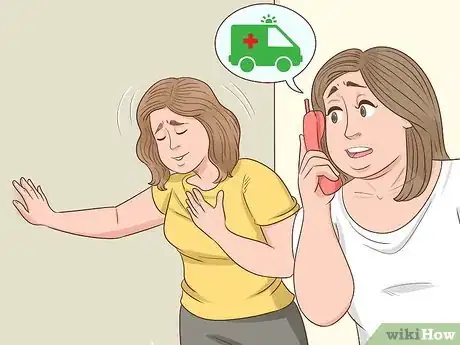
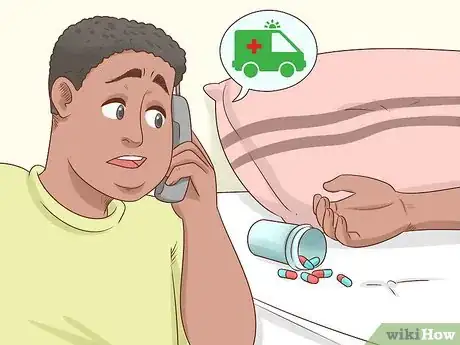
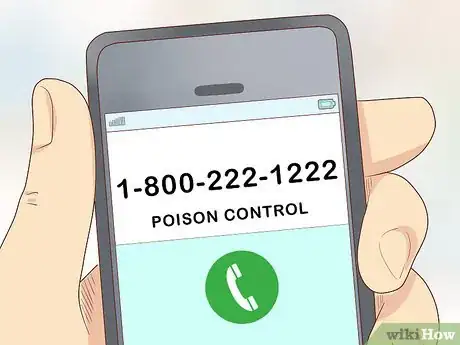

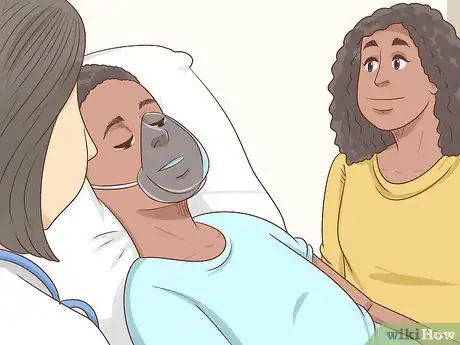

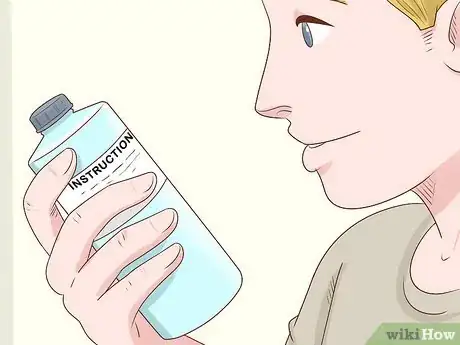
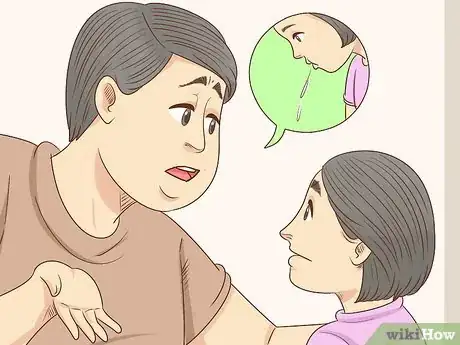
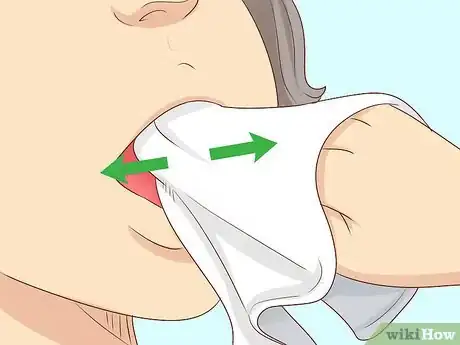
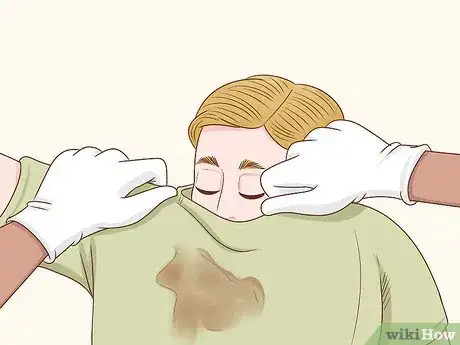
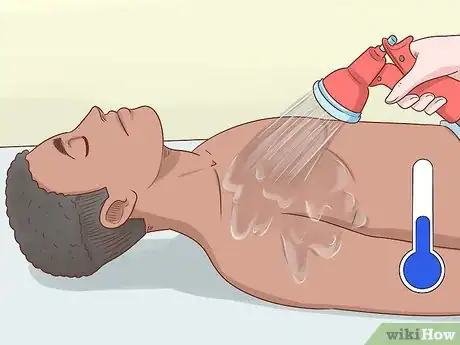


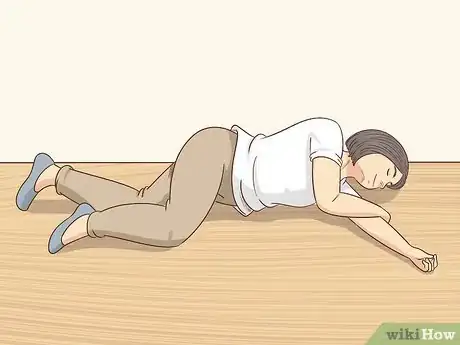
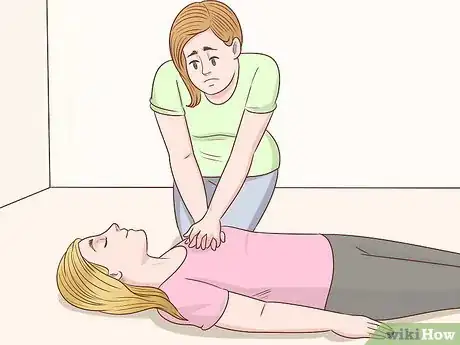
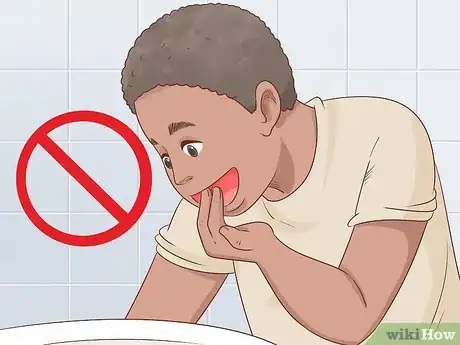
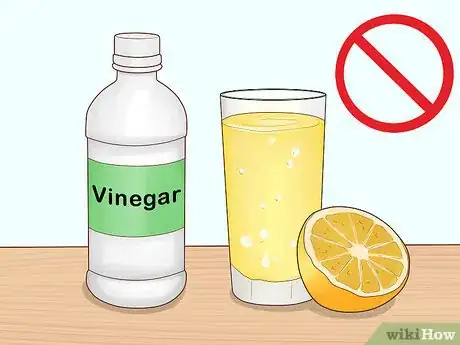


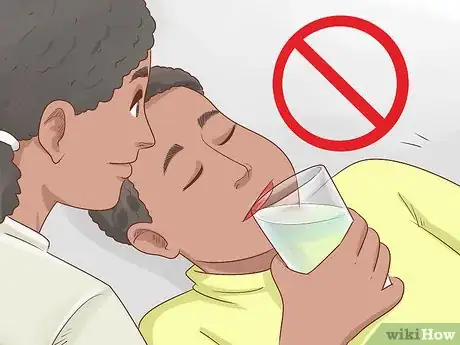
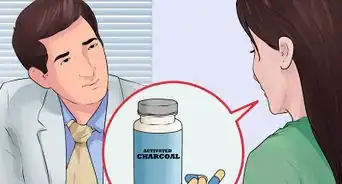
-Step-6.webp)

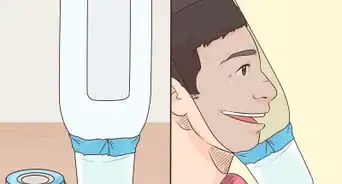
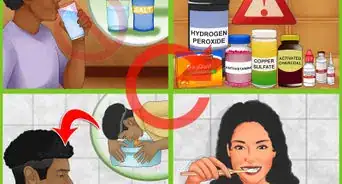
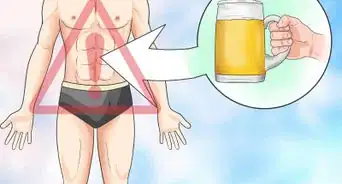
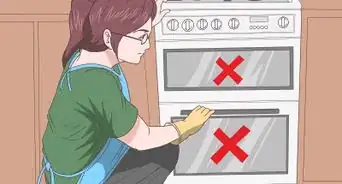

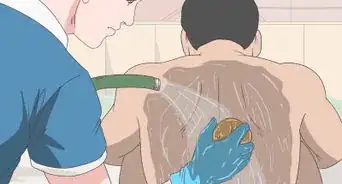









-Step-6.webp)

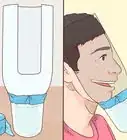



































Medical Disclaimer
The content of this article is not intended to be a substitute for professional medical advice, examination, diagnosis, or treatment. You should always contact your doctor or other qualified healthcare professional before starting, changing, or stopping any kind of health treatment.
Read More...